How Can You Start Composting? A Beginner’s Guide to Turning Waste into Gold
- February 5, 2024
- 0 comment
In a world increasingly aware of the importance of sustainability and waste reduction, composting presents itself as a golden opportunity. Not only does it allow us to reduce the amount of waste sent to landfills, but it also transforms our kitchen scraps and yard waste into something valuable: rich, nutritious soil that can enhance the health of our gardens. This beginner’s guide is designed to demystify the composting process and show you how simple it can be to start turning your waste into compost gold.
Table of Contents
- Understanding Composting
- Benefits of Composting
- What You Can and Can’t Compost
- Green Materials (Nitrogen-rich)
- Brown Materials (Carbon-rich)
- Materials to Avoid in Composting
- Setting Up Your Composting Bin
- Location for Composting
- Size Matters in Composting
- Creating Your Compost Pile
- Maintaining Your Compost
- Using Your Compost
- Conclusion
- FAQs
Understanding Composting
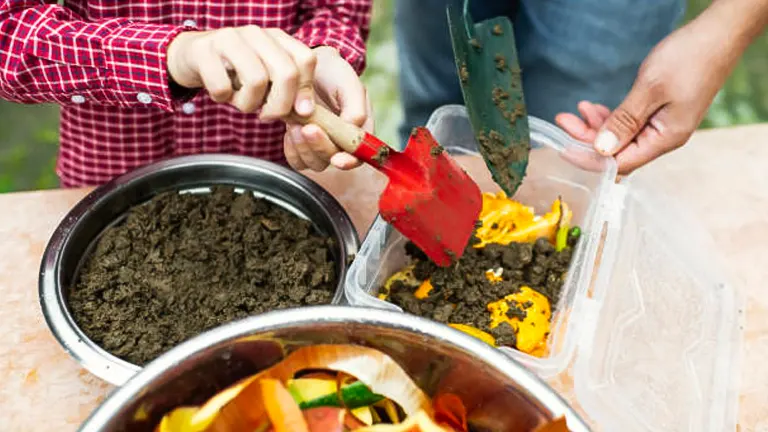
Composting stands as a remarkable, natural recycling process that transforms organic materials into a nutrient-dense soil enhancer, aptly termed compost. This eco-friendly practice allows organic waste to undergo decomposition, culminating in a substance that significantly enhances soil vitality, boosts its ability to retain moisture, and delivers vital nutrients to plants. The advantages of composting, however, reach far beyond the confines of the garden. By diverting waste from landfills, it plays a pivotal role in reducing methane emissions, a potent greenhouse gas, thereby contributing to the mitigation of climate change. Furthermore, composting fosters a deeper connection with the cycles of nature, empowering individuals to contribute positively to the environment from their own backyards.
Benefits of Composting
- Reduces landfill waste: Organic waste in landfills generates methane, a potent greenhouse gas. Composting this waste instead can significantly reduce its environmental impact.
- Enhances soil health: Compost adds essential nutrients back into the soil, promoting healthier plant growth and biodiversity.
- Reduces the need for chemical fertilizers: Compost is a natural fertilizer, rich in nutrients, reducing the need for chemical alternatives.
- Helps conserve water: By improving soil structure, compost helps soil retain water more efficiently, reducing the need for frequent watering.
What You Can and Can’t Compost
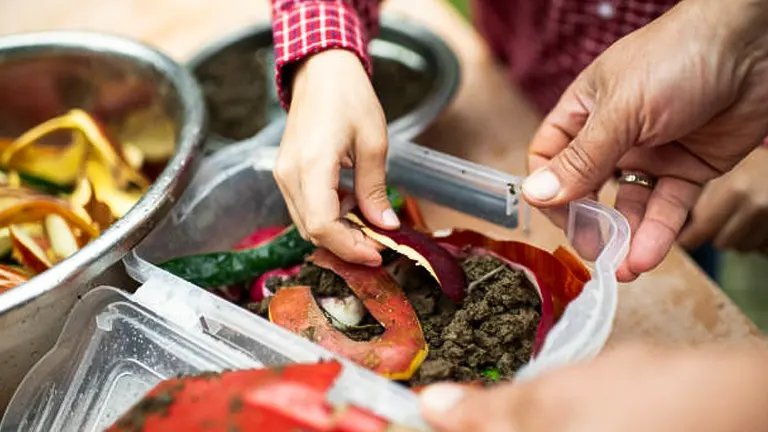
Starting your composting journey begins with understanding what materials are compostable. Compostable materials are typically divided into “greens” and “browns,” which, when balanced, create the perfect environment for decomposing organisms.
| Compostable | Non-Compostable |
|---|---|
| Fruit and vegetable scraps | Meat, fish, and dairy products |
| Coffee grounds and filters | Fats, oils, and greasy foods |
| Tea bags (non-plastic), Cardboard (non-waxed) | Diseased plants |
| Fresh grass clippings, Wood chips and sawdust | Pet wastes (dog and cat feces) |
| Plant trimmings, Straw and hay | Plastic, metal, or glass |
| Dry leaves, Shredded newspaper | Treated wood or lumber |
Understanding what you can and cannot compost is fundamental to successful composting. By maintaining the right balance between greens and browns, you create an optimal environment for microorganisms to break down organic material into compost. This not only enriches the soil but also contributes to a more sustainable way of living by reducing waste. Remember, composting is about creating a cycle of renewal—what was once considered waste is transformed into a valuable resource for your garden. Keeping in mind the list of compostable vs. non-compostable materials ensures your composting efforts are both effective and environmentally friendly.
By educating ourselves and others about these simple yet impactful distinctions, we can make a significant difference in our environmental footprint. Whether you’re a seasoned gardener or just starting out, composting is a rewarding activity that brings us closer to nature and contributes to the health of our planet.
Green Materials (Nitrogen-rich)
These materials provide the nitrogen that is essential for the composting process. They include:
Fruit and Vegetable Scraps: These are the backbone of most home compost piles, providing moisture and nitrogen. Everything from apple cores to zucchini ends can be composted. Avoid composting fruit peels that have been treated with pesticides unless they are washed thoroughly.
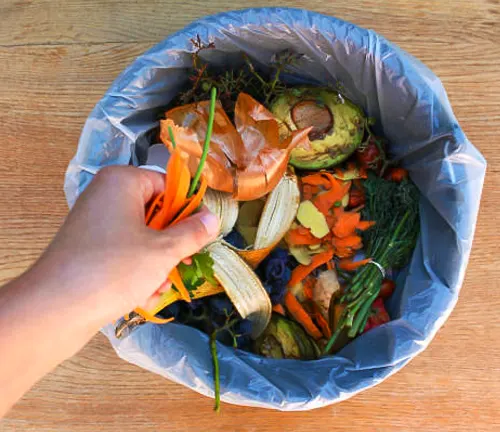

Coffee Grounds and Filter: Coffee grounds are a valuable nitrogen source. They also add acidity to the compost, which can benefit plants that thrive in acidic soils. Paper filters are compostable as well, adding to the compost’s brown material content.
Tea Bag: Similar to coffee grounds, tea bags add nitrogen. Ensure the bags are made of compostable material (not synthetic fibers) and remove any staples before composting.
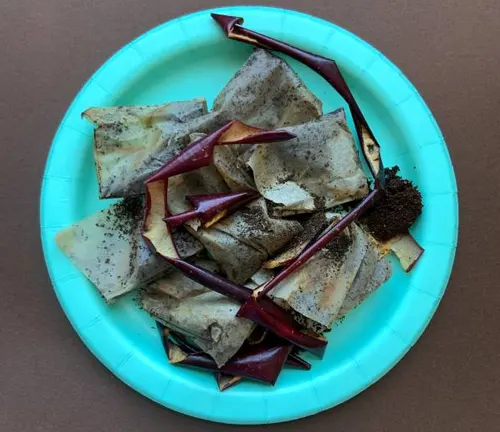

Fresh Grass Clipping: When added in thin layers, fresh grass clippings quickly decompose, releasing nitrogen. Be cautious not to add too much at once, as it can mat down and restrict airflow.
Plant Trimming: Green plant trimmings from your garden are rich in nitrogen. Avoid composting trimmings from diseased or insect-infested plants to prevent spreading issues to your compost.
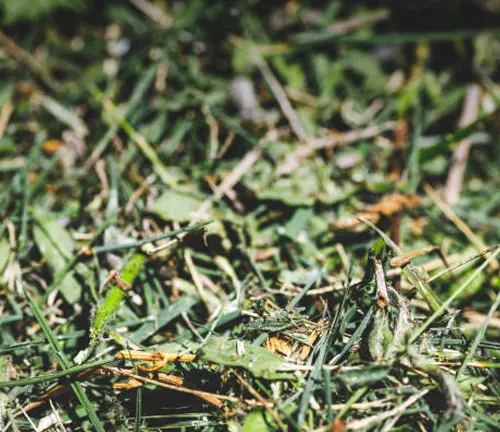
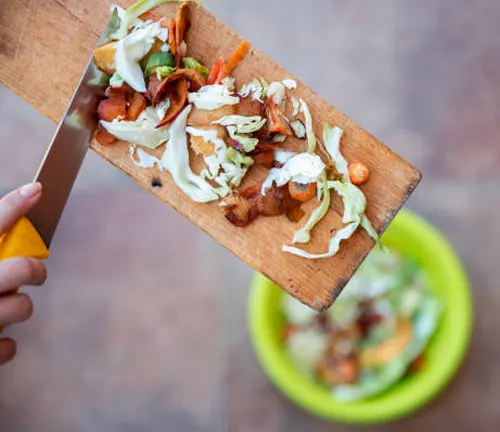
Vegetable Peel: Just like whole vegetables, peels are rich in nutrients and break down quickly. Ensure they are clean and free from any chemical residues.
Eggshell: While primarily composed of calcium carbonate, eggshells do contain nitrogen. They should be crushed before adding to the compost to speed up decomposition.
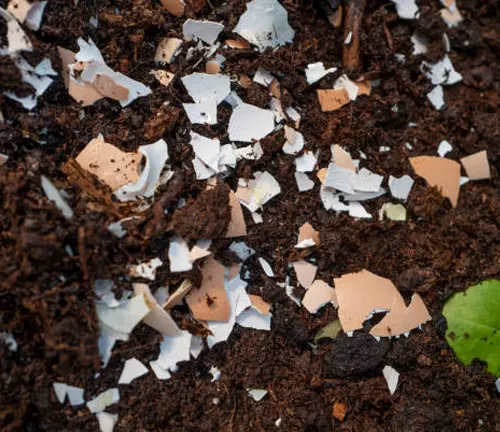
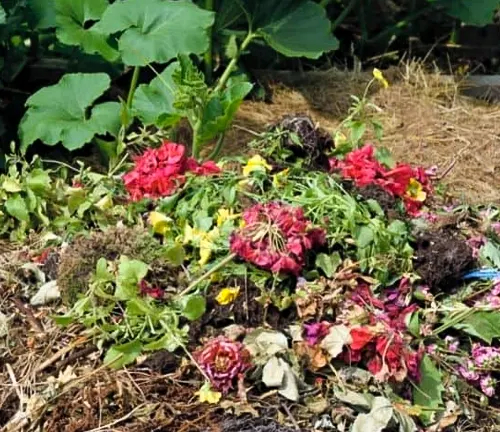
Flowers and Floral Trimming: Spent flowers and floral trimmings add both aesthetics and nitrogen to your compost pile. Ensure they haven’t been treated with pesticides or herbicides.
Manures: Herbivore manures (such as from cows, horses, rabbits, and chickens) are excellent nitrogen sources. Avoid using carnivore manures, as they can contain pathogens harmful to humans.

Brown Materials (Carbon-rich)
Brown materials supply the carbon in the composting equation. They include:
Dry Leaves: A staple of brown materials, dry leaves add bulk and help aerate the compost pile. They break down over time, releasing carbon slowly. Mixing different types of leaves can provide a richer nutrient mix.

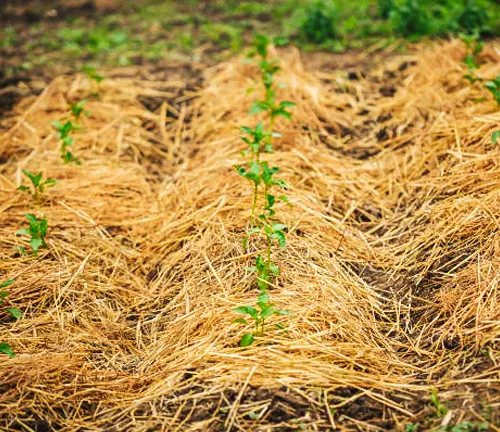
Straw and Hay: Straw and hay are excellent for adding structure to your compost pile, which improves aeration and drainage. They decompose slowly, releasing carbon gradually into the compost.
Shredded Newspaper, Paper, and Cardboard: These materials are a good source of carbon when shredded into smaller pieces to speed up decomposition. Use ink that is non-toxic and soy-based, avoiding glossy paper which may contain heavy metals in the ink.
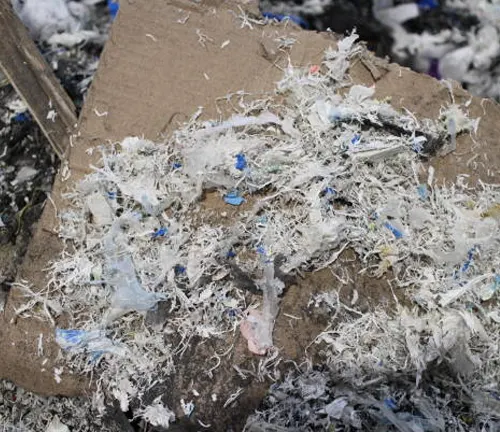
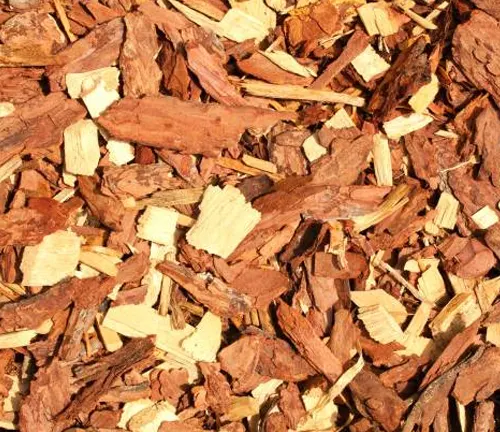
Wood Chips and Sawdust: From untreated wood, these materials add bulk and absorb excess moisture in your compost pile. They decompose very slowly, so use them sparingly unless you’re willing to wait longer for your compost.
Pine Needles: They decompose slowly and can make your compost more acidic, benefiting plants that thrive in acidic soils. Use in moderation to avoid overly acidic compost.

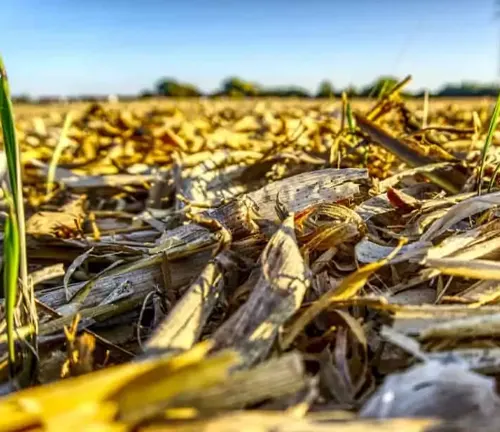
Corncobs and Corn Stalks: These are slow to break down but add good structure to the compost, helping to maintain air pockets. Chopping or shredding them can speed up their decomposition.
Cardboard Egg Cartons: These cartons are biodegradable and add carbon to your compost. They should be shredded or torn into smaller pieces to decompose more effectively.


Nut Shells: Nut shells add carbon and can take a long time to decompose. Crushing or breaking them into smaller pieces can help speed up this process.
Cotton and Wool Rags: Natural fibers like cotton and wool can be composted, but they should be cut into small pieces to decompose more quickly. Avoid synthetic fibers as they will not break down in the compost pile.
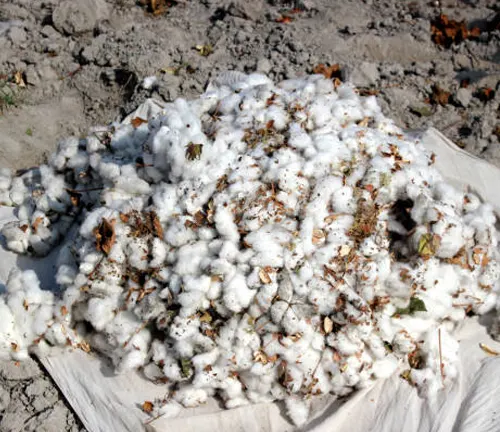
It’s crucial to maintain a balance between green and brown materials to ensure efficient composting. Too much nitrogen can make the compost smelly, while too much carbon can slow down the composting process.
Materials to Avoid in Composting
Not everything is suitable for your compost bin. To avoid pests, bad odors, and potential health hazards, keep these out of your compost:
- Meat, Fish, and Dairy Products: These animal products can attract rodents, flies, and other pests to your compost pile. They also tend to decompose slowly and can create unpleasant odors as they break down. Additionally, meat and dairy products can harbor bacteria and pathogens, posing a risk to the health of your compost and, ultimately, your garden.
- Fats, Oils, and Greasy Foods: Like animal products, fats and oils can attract pests and create odors in your compost pile. They also have a tendency to upset the moisture balance of your compost, making it too wet and inhibiting the airflow needed for proper decomposition.
- Diseased Plants: Composting diseased plants can spread pathogens and pests throughout your compost, potentially infecting your garden when the compost is used. It’s best to dispose of these plants through other means to prevent the spread of disease.
- Pet Wastes: Dog and cat feces can contain parasites, viruses, and bacteria harmful to humans. While these can break down over time, the conditions in a typical backyard compost pile are not sufficient to ensure their safe decomposition. Avoiding pet wastes helps keep your compost safe for use in your garden.
- Weeds That Have Gone to Seed: Composting weeds that have gone to seed can introduce those seeds into your compost, leading to an unwelcome surprise when those seeds sprout in your garden. Some weed seeds can survive the composting process, especially if the pile does not reach high enough temperatures.
- Treated Wood Products: Wood that has been treated with chemicals or preservatives can release those substances into your compost, making it unsafe for use in your garden. These chemicals can harm soil organisms and plants, and potentially pose a risk to your health.
- Coal or Charcoal Ash: Ash from coal or charcoal can contain heavy metals or other chemicals harmful to plants. While wood ash can be beneficial in small amounts, coal and charcoal ash should be avoided to prevent the introduction of toxic substances into your compost.
- Plastic, Glass, and Metal: These materials do not break down in a composting process and can contaminate your compost with non-organic matter. Including them in your compost pile also creates extra work, as you’ll need to remove them before using your compost in the garden.
Setting Up Your Composting Bin
Choosing the right composting bin is crucial for a successful composting experience. There are several types of bins to consider, each with its advantages.
- Tumbler Bins: These bins are elevated and can be turned easily, making them ideal for aeration and mixing. They’re great for small spaces.
- Stationary Bins: A simple and affordable option, these bins sit directly on the ground and are suitable for larger compost volumes.
- Worm Composting Systems (Vermicomposting): These use red wiggler worms to break down organic material, perfect for indoor composting or smaller spaces.
Location for Composting

Choosing the right location for your composting setup is crucial for its success and can significantly enhance the composting process. Ideal composting spots are level, well-drained areas that receive partial sunlight—too much sun can dry out your compost, while too little can slow down the decomposition process. It should be easily accessible throughout the year, making it convenient for you to add materials and turn the pile as needed. Proximity to a water source is also beneficial, as maintaining the right moisture level is key to a healthy compost. However, ensure it’s not too close to your living spaces to avoid any potential odors or pests being a nuisance. By selecting a spot that meets these conditions, you create an environment where microorganisms can thrive, effectively breaking down organic matter into nutrient-rich compost. For beginners, starting small with a simple bin or pile in a suitable location can demystify composting, making it a more approachable and rewarding practice.
Additional Tips:
- Choose a location that’s convenient for you to access year-round, even in adverse weather conditions.
- Make sure the site is away from direct contact with water sources like rivers or streams to prevent nutrient runoff.
- Consider the wind direction to ensure that any odors from the compost do not drift towards your home or living areas.
- If you have a small yard or garden, consider a contained composting system to maximize space and maintain aesthetics.
- For urban settings, explore indoor composting options like bokashi or worm bins, which can be kept under the sink or in a garage.
- Place your compost near the garden if possible, making it easier to transfer finished compost to where it’s most needed.
- Avoid placing your compost pile directly against wooden structures or fences to prevent potential rot from moisture.
Size Matters in Composting
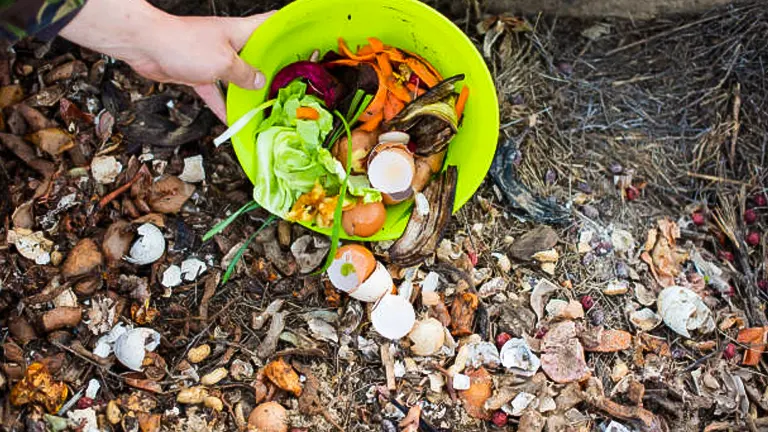
In composting, the size of your compost pile or bin plays a significant role in determining how efficiently it breaks down organic materials. A pile that’s too small may not retain enough heat, slowing down the composting process, while one that’s too large might become difficult to manage and aerate properly. The ideal size for a compost pile is generally about 3 feet wide by 3 feet high, which provides sufficient mass to generate the necessary heat for decomposition but is still manageable for turning and maintenance. This size is effective for backyard composting, allowing air and moisture to penetrate the pile evenly, ensuring that the composting process occurs throughout the material.
Additional Tips:
- Start with a compost bin that matches your anticipated waste output to avoid over or under-filling.
- If using a compost bin, ensure it has ventilation holes for air circulation.
- Regularly monitor your pile’s size as you add materials, aiming to maintain the ideal dimensions.
- Consider having multiple small bins rather than one large one if you produce a lot of compostable material. This approach can help manage your compost more effectively by allowing one pile to decompose while you add fresh materials to another.
Creating Your Compost Pile
With your bin set up, it’s time to start composting. Creating a balanced compost pile is key to decomposing your waste efficiently.
- Layering: Begin with a layer of brown materials at the bottom for good air circulation, then add a layer of green materials, and sprinkle a thin layer of soil or finished compost on top to introduce microorganisms. Repeat these layers until your bin is filled.
- Moisture and Aeration: Your compost pile should be as moist as a wrung-out sponge. If it’s too dry, add water; if too wet, add more brown materials. Turning your pile regularly introduces air, which is crucial for the composting process.
- Temperature: A healthy compost pile will generate heat. This is a sign that the microorganisms are hard at work breaking down the material. If your pile isn’t heating up, it may need more green materials, water, or turning.
Maintaining Your Compost
Regular maintenance is the secret to successful composting. Here’s how to keep your compost pile healthy:
- Turn Your Compost Regularly Turning your compost every few weeks introduces oxygen, which is crucial for aerobic decomposition. Use a pitchfork or a compost turner to mix the materials, bringing the outer parts to the center. This practice also helps distribute moisture and heat evenly throughout the pile, speeding up the decomposition process.
- Maintain Proper Moisture Levels Your compost should be moist, but not soggy. The ideal moisture level is comparable to a wrung-out sponge. If the compost is too dry, add water sparingly. Conversely, if it’s too wet, turn it more frequently to aerate and add dry brown materials to absorb excess moisture.
- Balance Green and Brown Materials A healthy compost requires a balance between nitrogen-rich green materials and carbon-rich browns. If your compost smells bad or decomposes slowly, reassess this balance. Adding more browns can reduce odors, while more greens can accelerate the composting process.
- Monitor Temperature The center of a well-maintained compost pile will feel warm or hot, indicating microbial activity. If the pile cools down, it may need more green materials, water, or turning to reactivate the decomposition.
- Keep Out Pests and Animals To deter pests and animals, avoid composting meat, dairy, and oily foods. Use a bin with a lid or cover your pile with a layer of browns. Ensure the composting area is tidy to not attract unwanted visitors.
- Use Finished Compost Once compost appears dark, crumbly, and smells earthy, it’s ready to use. Incorporating finished compost into your garden improves soil structure, provides nutrients, and enhances plant health. Screening your compost can separate unfinished pieces, which can be returned to the pile for further decomposition.
- Learn and Adjust Composting is an ongoing learning process. Observe your compost’s progress, and don’t hesitate to adjust your methods. Whether it’s altering the ratio of greens to browns, changing how often you turn the pile, or experimenting with different composting bins, each adjustment brings you closer to composting success.
Using Your Compost

Knowing when your compost is ready and how to use it can be just as important as the composting process itself.
- Knowing When It’s Ready: Finished compost is dark, crumbly, and has an earthy smell. It should be ready in three to six months, depending on your climate and the materials used.
- How to Use Compost: Use your compost to enrich garden beds, potting mixes, or as a top dressing for lawns. It’s an excellent natural fertilizer that can help improve plant health and soil structure.
- Storing Extra Compost: If you have more compost than you can use, store it in a dry, covered area. You can also share it with friends, family, or local community gardens.
Related Post
- Best Garden Compost of 2024: Types and Uses for Optimal Growth
- Timing Your Harvest: When to Begin Your Vegetable Garden
- Best Manures for Vegetable Gardens
- Best Soil for a Vegetable Garden in a Raised Bed
- Best Gardening Tools
Conclusion
Composting is a rewarding practice that benefits not only your garden but the environment as well. By turning your organic waste into valuable compost, you’re taking an active step towards a more sustainable lifestyle. Remember, every bit of waste you compost is one less bit contributing to landfill overflow and methane production. So why not start today? Your garden, and the planet, will thank you.
FAQs
- What is the minimum amount of space needed to start composting?
You don’t need a lot of space to begin composting. Even a small bin on a balcony or in a kitchen can get you started, especially with methods like bokashi or worm composting. For outdoor composting, a 3×3 ft area can suffice. - Can I compost if I live in an apartment?
Absolutely! Indoor composting options like bokashi buckets or vermiculture (worm composting) are perfect for apartments. These methods are odor-free and can fit under a sink or in a closet. - Is it expensive to start composting?
Starting a compost pile doesn’t have to be expensive. Many people begin with simple, homemade bins made from pallets or wire mesh. Indoor composters might prefer to purchase a bokashi bin or worm farm, which can vary in price but are generally affordable. - How do I know if my compost is working?
Your compost is working if it gradually decreases in volume, heats up in the middle, and eventually turns into a dark, crumbly substance with an earthy smell. If you notice these changes, you’re on the right track. - What should I do if my compost pile smells bad?
Bad odors usually indicate too much moisture or an imbalance between greens and browns. Add more browns (like dry leaves or shredded paper) to absorb excess moisture and introduce more air by turning the pile. - Can composting attract pests?
Properly managed compost shouldn’t attract pests. Avoid composting meat, dairy, and oily foods, and make sure to bury food scraps under browns. Using a bin with a tight-fitting lid can also help keep pests at bay. - How long does it take for compost to be ready?
The timeframe can vary from a few months to over a year, depending on factors like the balance of materials, the size of the pile, and how often it’s turned. A well-maintained pile can produce compost in 3 to 6 months. - Can I compost in winter?
Yes, you can compost in winter, though the process slows down as temperatures drop. To keep it active, insulate your pile with a thick layer of browns or use a compost tumbler to maintain heat. The decomposition will pick up speed again in warmer weather.
Starting to compost is a straightforward way to reduce waste and improve your garden’s soil. By understanding the basics of what to compost, setting up your bin, and maintaining it, you’ll quickly turn kitchen scraps and yard waste into useful compost. Composting fits any lifestyle, whether in a small apartment or a spacious backyard. Begin with simple steps, and soon you’ll see your waste transform into nutrient-rich compost.

Benjamin Brooks
Forestry AuthorGreetings! I'm Benjamin Brooks, and my journey over the past 15 years has revolved around the fascinating realms of content creation, expertise in snow clearing, and the intricate world of lumberjacking and landscaping. What began as a simple curiosity about the natural world and heavy machinery has evolved into a passionate profession where my love for crafting words intertwines seamlessly with my lumberjacking and garden skills.

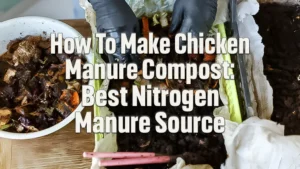

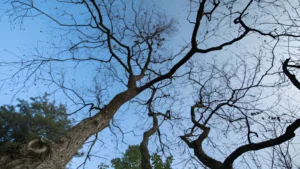


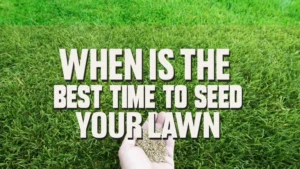
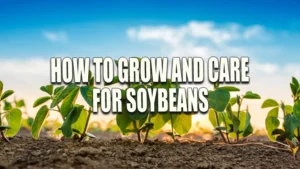
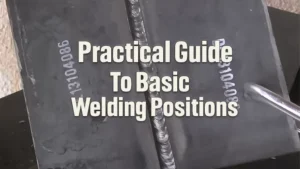

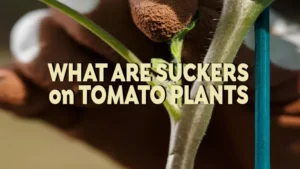


Leave your comment